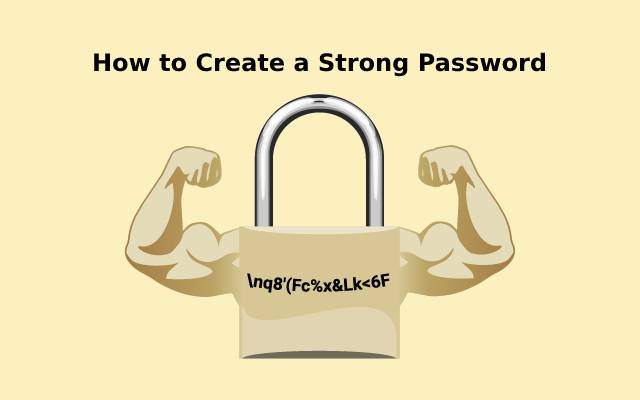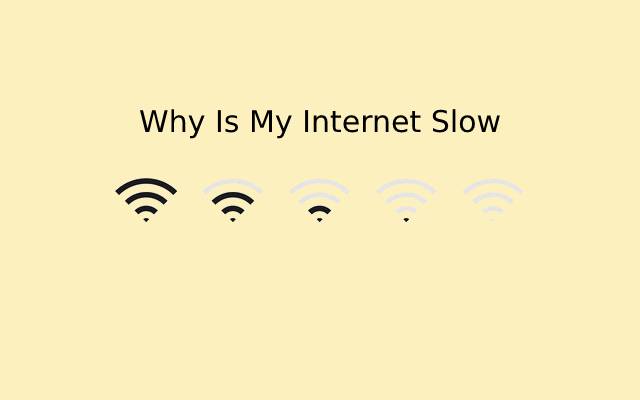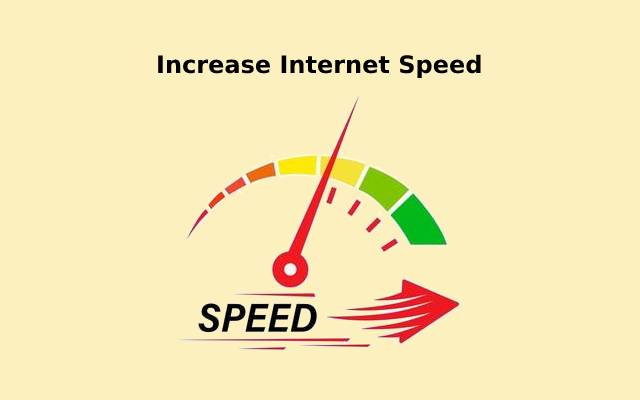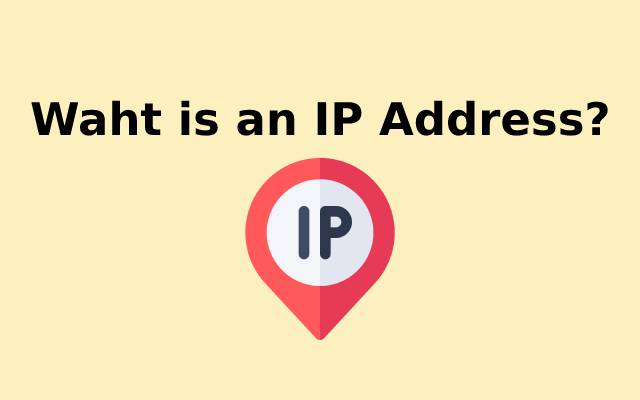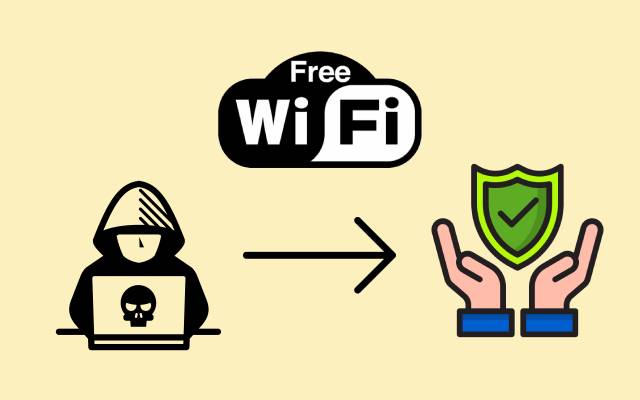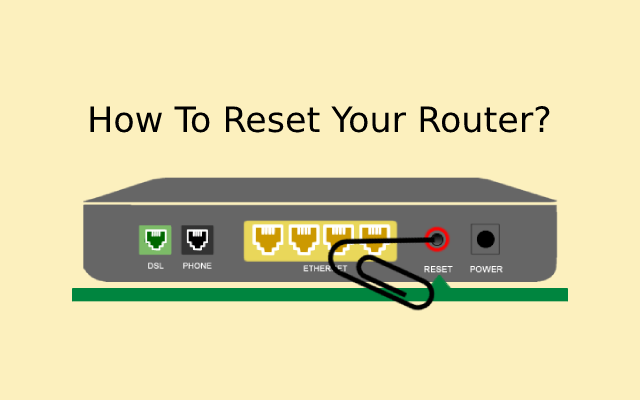What is a WiFi Hotspot?
“What is a WiFi hotspot” is one of the most common questions in internet technology today. You can find this search phrase among other frequently asked tech-related questions. Don’t worry; we have got your back.
When you go on a trip, you may want to bring your laptop and smartphone to share files, work, and play games with close friends. However, if each device is configured according to its data plan, you could spend excessive money. On the other hand, using a WiFi hotspot with your smartphone’s data plan allows you to connect to the Internet for much less!
This article will cover important WiFi terminology and set up a WiFi hotspot on your phone or laptop.
First, we’ll talk about what is a WiFi hotspot. How does it differ from other internet connectivity methods, and which one might be the best option for your needs?
What is a WiFi Hotspot?
A WiFi hotspot is an internet access point that allows you to connect to a WiFi network using your computer, smartphone, or other devices while away from your home or office network. This is especially handy if you need to stay connected while traveling or if you don’t have access to an Ethernet connection. Simply insert your device into the hotspot’s WiFi, and you’re ready to surf the web.
A WiFi hotspot is a physical site where individuals may access the Internet, usually through WiFi, via a router linked to an Internet service provider. Hotspots are normally available in public places such as airports, coffee shops, and libraries. When you connect to a WiFi hotspot, your device automatically downloads the latest software updates and security patches.
How to Find a Working WiFi Hotspot
Is a WiFi hotspot free? WiFi hotspots are a great way to connect to the Internet while on the go. Many places, such as airports, coffee shops, and libraries, provide free hotspot access. Here are some tips on how to find a working WiFi hotspot:
- Search for “WiFi Hotspot” in your device’s search bar.
- Look for a network called “FreeWifi” or “Public WiFi“.
- Enter the network name and password in your device’s browser.
- If the network is available, you will see a green light next to its name on your device’s screen.
How to Connect to a WiFi Hotspot
To use a WiFi hotspot, ensure you have the required software installed on your device. Most devices will have a built-in app that will let you connect to the hotspot. Once you’ve joined, you’ll be able to browse the Internet as usual.
You probably connect to the Internet via WiFi hotspots throughout the day, whether at your office, home or in public locations like coffee shops and airports. Staying connected is easy when you use hotspots.
Wireless hotspots are easy to connect to. For example, if you’re waiting for your flight at the airport, you don’t want to use your data to answer an email. Using your smartphone’s settings, you can locate wireless networks, or your phone will notify you when they are within range. Can connect a WiFi hotspot to your Android*, iPhone*, or another brand.
- To see the names of nearby wireless networks, click the WiFi icon on your device. Choose a wireless network and click “Connect.” In some cases, you may have to click “Reconnect.”
- Enter required Passwords or security keys. A password is usually necessary to connect to most wireless networks.
- Visiting unsecured or open networks without a password may pose a security risk; you should take precautions when accessing them.
- Depending on your device, you can choose a home, work, or public network. It is imperative to select the right network type for your location.
- This will determine the level of security that is appropriate. Other devices can discover a device named “home” or “work.” In public places such as coffee shops, hotels, restaurants, airports, and airport lounges, select “public.” Now you should be online!
Types of WiFi Networks
A WiFi hotspot is a wireless network that allows users to connect to the Internet without using a phone carrier. A WiFi hotspot typically uses the same network as your home’s broadband connection, which means that you can use it to access the Internet while on your phone or laptop.
There are three main types of WiFi networks: personal, public, and private.
- Personal WiFi networks are designed for use by one person and are not for sharing with others.
- Public WiFi networks are open to anyone who wants to use them,
- And private WiFi networks are only accessible by members of a specific group.
The best way to find out if a spot has a public or private WiFi network is to search for “public WiFi” or “private WiFi” in your smartphone’s app store. If you don’t see an option for either type of network, it is likely, that the spot doesn’t have one, and you will need to use your home connection instead.
Pros and Cons of a WiFi Hotspot
A WiFi hotspot is a great way to connect your laptop, tablet, or smartphone to the Internet without finding and opening an Internet browser. There are pros and cons to using a WiFi hotspot, so weighing them before deciding to use one is important.
- The biggest pro of using a WiFi hotspot is that you can get online quickly and easily. Simply open your device’s browser, type in the address of the hotspot, and hit enter. You’ll be connected to the Internet instantly.
- The con of using a WiFi hotspot is that you’re sharing your precious bandwidth with other users. This may not be a big deal if you’re connecting to a high-speed connection, but using a slower link can significantly slow down your browsing experience.
It’s also important to remember that not all WiFi hotspots are created equal. Some are slower than others and may have less bandwidth available. If you plan on using a WiFi hotspot frequently, it might be worth investing in a quality one that will provide optimal performance.
Why Use a VPN With WiFi Hotspots?
A VPN can give you a secure connection when using a public WiFi hotspot. Using a VPN can encrypt your traffic and prevent third-party tracking. A VPN can also help keep your data private when browsing the web.
How to Set up and Configure Your WiFi Hotspot on a Computer or Laptop
Setting up a WiFi hotspot can be done in a few simple steps. All you need is an internet connection and a compatible wireless router. This article will show you how to set up a WiFi hotspot on your home network using Windows 10.
- First, make sure that your wireless router connects to the Internet.
- Next, open the Settings app on your Windows 10 device. You will see a “Network and Internet” option under the “Settings” header. Click on it.
- In the “Network and Internet” window, you will see two tabs: one for Connections and one for Wireless Networks.
- Under the “Connections” tab, find and select the WiFi network that you want to use for your WiFi hotspot.
- Under the “Wireless Networks” tab, select the “WiFi Hotspot” option and enter the security password you used to set up your wireless router.
- You will now see a list of available networks. Select the network you want to use for your WiFi hotspot and click on the “OK” button.
- Finally, open the Settings app and click on ‘Connect’ to be online!
Mobile Hotspots with Smartphones
“Tethering” enables your laptop to access the Internet and share your smartphone’s data connection without a hotspot. Mobile hotspot is a very easy-to-go process.
You can purchase mobile WiFi hotspots that provide high-speed WiFi via a cellular data connection. People who frequently travel for work or need constant WiFi access can use these devices, which are available from most cell phone companies.
Your smartphone’s Settings or Manage Connections menu usually contains the setup instructions. Your phone or laptop must have a WiFi password for security reasons. You should also monitor your usage when tethering your computer to your phone to avoid overage fees.
It’s complete now, isn’t it? Actually, no. However, WiFi hotspots have several downsides besides staying connected. Hotspots also pose security risks.
What is the safety of WiFi hotspots?
Mobile hotspots connected to a private network, such as those related to mobile phones or prepaid cards, are the most secure hotspots. In public hotspots, the methods used to secure data can vary widely from one to another.
As far as activities like surfing the web, checking your email, and using social media are concerned, public WiFi hotspots are mostly safe. We suggest that you do not do anything that might compromise the privacy of your personal information. For example, you should not purchase on shopping sites (by providing payment information), use banking apps, or access medical records through a public WiFi hotspot.
If you are wondering what is my WiFi hotspot password. You can check your device settings and configure your password settings.
Conclusion
WiFi hotspots are a great way to stay connected while on the go. They provide internet access but can also be used to share files or work on a project. By using a hotspot, you can connect to the Internet without worrying about your data plan. There are many different WiFi hotspots to highlight and learn about.
Like most people, if you rely on WiFi hotspots to stay connected. But you struggle with the questions of ‘what is a WiFi hotspot, and what are its different types? Check out our article focusing on ‘What is a hotspot?’.
